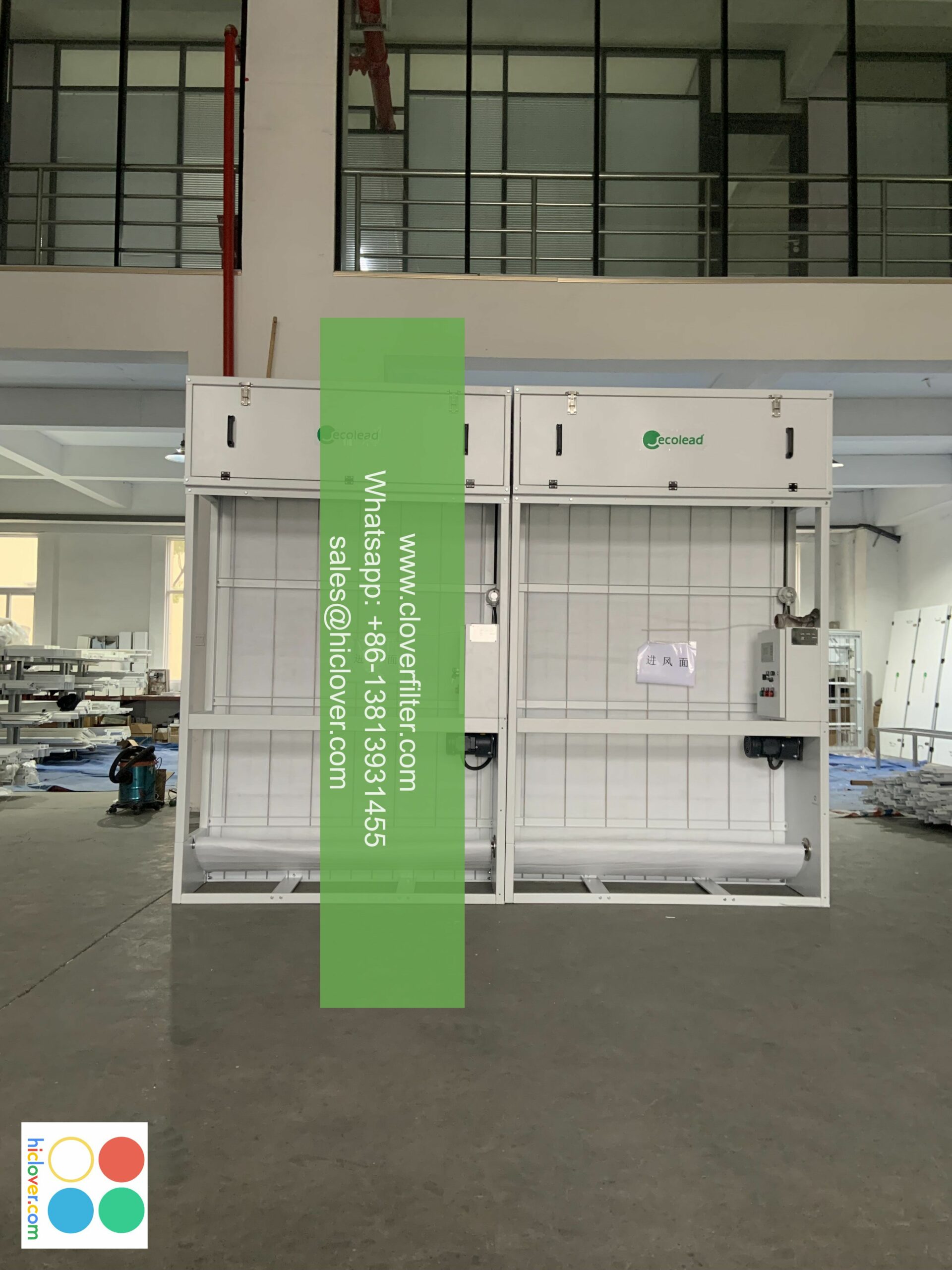In the rapidly evolving landscape of the 21st century, a deep understanding of fundamentals coupled with the effective application of advanced technology is no longer optional, but a necessity. Whether you’re an entrepreneur, an innovator, or a student, mastering this combination is key to success. This news explores the interplay between fundamental concepts and cutting-edge technology across various application areas.
The Importance of Grounded Fundamentals
Before diving into complex technologies, establishing a solid foundation in the core principles is paramount. Without a thorough understanding of mathematics, physics, and basic computer science (for example), applying sophisticated tools becomes a superficial exercise. Think of it like building a house: a weak foundation will inevitably lead to structural problems, regardless of how innovative the architectural design is.
Why Fundamentals Matter:
- Problem Solving: Fundamentals equip you with the analytical skills to break down complex problems into manageable components.
- Adaptability: Technologies change rapidly. Sound fundamentals allow you to quickly learn and adapt to new technologies.
- Innovation: Truly novel innovations often arise from applying fundamental principles in new and creative ways.
- Error Detection: Understanding the underlying principles helps you identify and correct errors more effectively.
Leveraging Technology for Advancement
Once a strong foundation is in place, artificial intelligence (AI), machine learning (ML), and advanced computing act as powerful accelerators. Technology provides the tools to automate processes, analyze vast datasets, and simulate complex scenarios, pushing the boundaries of what’s possible.
Key Technological Domains:
- Cloud Computing: Provides scalable and cost-effective infrastructure for data storage and processing.
- Big Data Analytics: Enables the extraction of valuable insights from large and complex datasets.
- Internet of Things (IoT): Connects physical devices and sensors, generating vast amounts of data that can be analyzed for actionable insights.
- Cybersecurity: Essential for protecting data and systems from cyber threats.
Application Areas: Connecting Fundamentals & Technology
The practical application of fundamentals and technology is evident across a wide range of industries. Here are just a few examples:
Healthcare:
Fundamentals (anatomy, physiology, pharmacology) + Technology (AI-powered diagnostics, robotic surgery, personalized medicine) leads to improved patient outcomes, faster diagnosis, and more effective treatments. AI algorithms can analyze medical images with remarkable accuracy, while robotic surgery allows for minimally invasive procedures.
Finance:
Fundamentals (accounting, economics, statistics) + Technology (algorithmic trading, blockchain technology, fraud detection systems) drives greater efficiency, transparency, and security. Algorithmic trading automates trading strategies based on pre-defined rules, while blockchain technology provides a secure and transparent ledger for financial transactions.
Engineering:
Fundamentals (physics, mathematics, materials science) + Technology (CAD software, 3D printing, simulations) enables the design and creation of innovative products and infrastructure. Computer-aided design (CAD) software allows engineers to create precise 3D models, while 3D printing makes it possible to rapidly prototype and manufacture complex parts.
Environmental Science:
Fundamentals (chemistry, biology, ecology) + Technology (remote sensing, climate modeling, data analysis) helps us understand and address critical environmental challenges. Remote sensing technologies collect data about the Earth’s surface from satellites, while climate models simulate the complex interactions within the climate system.
Education:
Fundamentals (pedagogy, psychology of learning) + Technology (online learning platforms, adaptive learning systems, virtual reality) enhances learning experiences and makes education more accessible. Online learning platforms provide access to educational resources from anywhere in the world, while adaptive learning systems personalize the learning experience based on individual student needs.
www.southclover.com: Embracing the Future
The future belongs to those who can effectively combine strong fundamentals with the power of technology. By investing in both, individuals and organizations can unlock new opportunities for innovation, problem-solving, and growth. Continuously learning and adapting to the ever-changing technological landscape is crucial for staying ahead in today’s competitive world. Embrace the synergy, and you’ll be well-positioned to thrive in the years to come.

Comments are closed